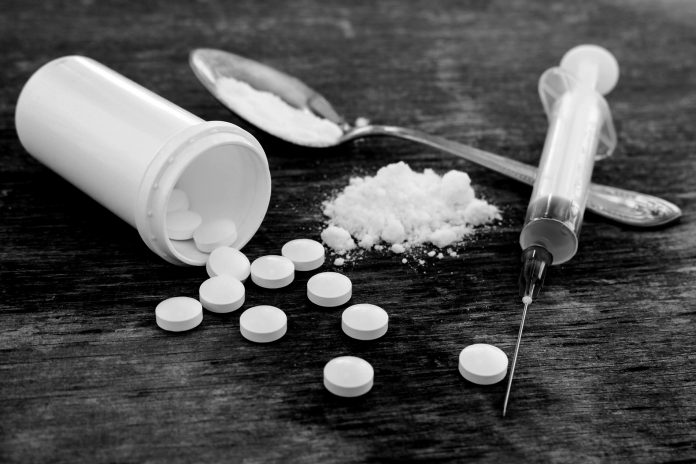By Susan Crowell / Editor
I told some friends last month that we were working on a three-week series on opioids and drug addiction in rural counties. It might be, I added, the most important thing I’ve ever done in my 30-plus years at Farm and Dairy.
Some of you may think the subject of drug addiction doesn’t belong in the pages of Farm and Dairy. You read this newspaper because it shares the stories of farm families, of agriculture, of rural life — not to read about the opioid epidemic that litters the pages of your local daily newspaper.
But I think you’re wrong. It’s exactly because we share the stories of farm families and of rural life that we can’t ignore the issue. We’re not immune to its ravages.
We all need to know more about this problem that’s right in our midst, whether you live in a city or on a farm.
We all need to fight stereotypes — that people with an addiction are low income, or the products of a single-parent home, or didn’t go to church when they were growing up, or any other false impression of someone who might be fighting a substance abuse battle.
Last year, more than 55,000 people died in the U.S. from an unintentional overdose. That’s more people than a capacity crowd at Yankee Stadium. That’s more deaths than 2016 traffic fatalities.
Or, as the President’s Commission on Combating Drug Addiction and the Opioid Crisis described it, it’s like the September 11 terrorist attacks happening every three weeks.
The Centers for Disease Control and Prevention hasn’t published the 2016 numbers yet, but I read one source that puts the number of deaths as high as 65,000.
Yet the majority stay silent.
If you don’t understand opioids, you may think people who are battling addiction simply need to “try harder” or “make better choices.”
It’s not that easy.
From the very first time you take an opioid painkiller — something as innocuous as a Vicodin/Percocet pill after knee surgery — your brain changes. That’s because opioids change how the brain works. And once the cycle begins, you can’t turn off your body’s physiological response through sheer will alone.
You can’t just stop using drugs for a few days and be cured. It’s an ongoing, everyday struggle toward recovery, even if you’ve been sober for five years.
This week’s focus is “How We Got Here.” Read about Lawrence County, Pennsylvania, to get an idea of how the drug problem probably got started in your county, too.
Next week, we look at the ripple effects — the impact on a community, tax dollars and the family. Finally, in the Nov. 16 issue, we’ll try to find hope, and the ways you all play a role in a solution.
That solution may seem insurmountable. Huge. But we know that every action step a community takes — every action step an individual who cares takes — is a step in the right direction and makes a big difference.
We know the solution involves public health, the medical community, healthcare delivery system, law enforcement, education, local and statewide elected officials, devastated families, and those in treatment and recovery. It involves you.
We hope you will visit our website and the special landing page we have created for the series: www.farmanddairy.com/ruraladdiction. In addition to the stories, we also share videos with some of our subjects, as well as an interactive timeline and glossary. Please check back each week, and share these stories in your social media circles to help us spread our message:
Every life is worth saving.













